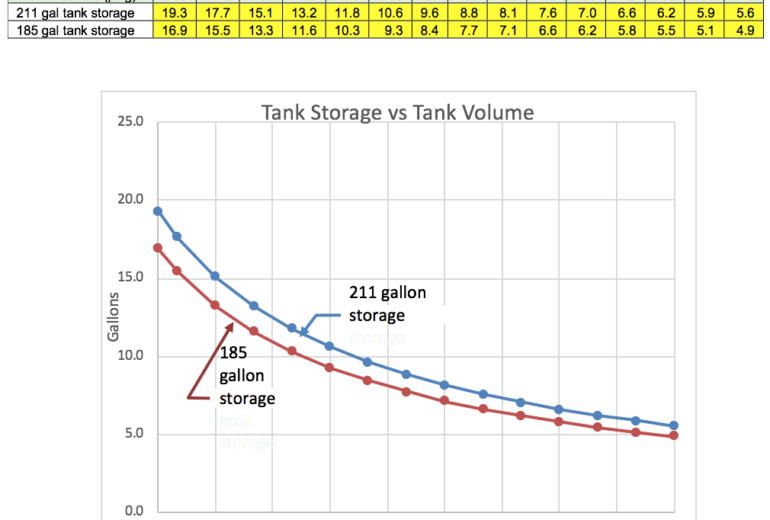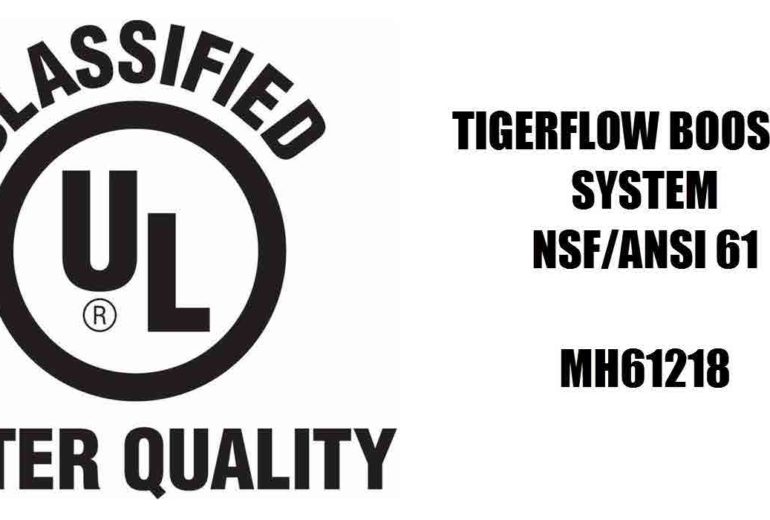Net Positive Suction Head Available (NPSHa) is the absolute total suction head in feet at the pump suction. This value must be greater than the Net Positive Suction Head Required (NPSHr) for the pump.
NPSHr for a pump is typically indicated as a curve for the pump curve range as well as a number for the pump condition point.

The formula is
NPSHa = ha-hvpa+hst-hfs
Where,
ha = Absolute pressure (in feet of liquid being pumped) on the surface of the liquid supply level (this will be barometric pressure if suction is from an open tank or sump). This value varies with elevation.
hvpa = The head in feet corresponding to the vapor pressure of the liquid at the temperature being pumped.
hst = static height in feet that the liquid supply level is above or below the pump centerline or impeller eye.
hfs = All suction line losses (in feet) including entrance losses and friction losses through pipe, valves and fittings, etc.
Let us look at the affect water temperature has on NPSHa. This example is based on a real situation where the self-priming pumps were located outdoors, in direct sunlight, in south Texas. During start-up the pumps would not produce pressure, nor give evidence of evacuating air. temps during start-up were ~105°F. The pump casings exposed to the sun and water within reach ~150°F around midday when no water was running through them.
Given:
| Elevation: 500 ft à ha =33.3’ Water temperature:150°F à hvpa=10.43’ Water temperature:68°F à hvpa=0.78 | Static height (hst): 5 ft Friction losses (hfs): 10’ |

| At 150°F NPSHa=33.3’ – 10.43’+(-5’) – 15’ = 2.87’ ⇐ At 68°F NPSHa=33.3’ – 0.78’+(-5’) – 15’ = 12.52’ ⇐ |
As we can see the amount of lift the pumps could do was affected greatly by the hot temperatures. The situation was further exacerbated as the pumps heated the water even further as they churned the water in an attempt to prime the line and evacuated the air in the suction line. The NPSHa was well below the pump’s NPSHr causing cavitation.
Building an enclosure in order to maintain the system within a temperature controlled room was not an option. The situation was resolved by adding an awning over the pump station which reduced the maximum temperature the water sitting in the pump to ambient.
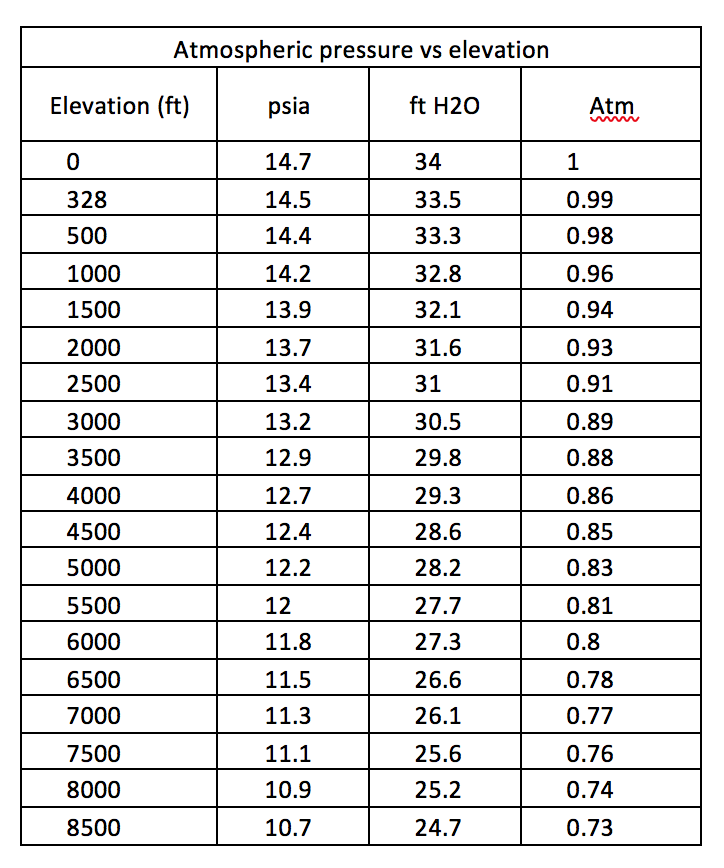
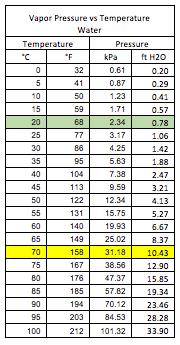
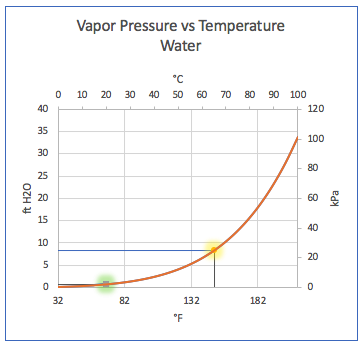
If you have any questions, especially about NPSHa vs temperature, contact TIGERFLOW today and we will be happy to assist you.
By Mark Martinez, Principal Engineer, TIGERFLOW Systems, LLC








